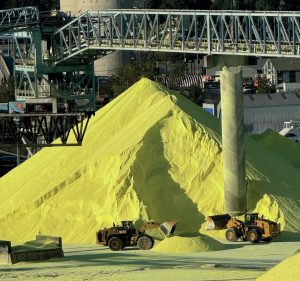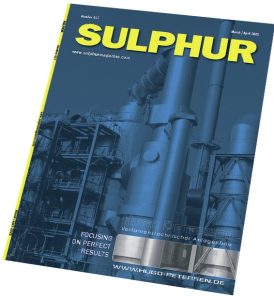
Grupa Azoty to produce sulphur enhanced fertilizer
Grupa Azoty SA is set to begin producing its new multi-component fertilizer – POLIFOSKA Multi S –at its Police site in Poland. This launch marks the latest addition to the company’s fertilizer portfolio, joining the likes of megAN (a high-granule ammonium nitrate fertilizer), RSM OPTIMA (a nitrate-urea solution with a distinctive light blue colour for easy product origin identification), and eNpluS (an ammonium fertilizer enriched with sulphur and calcium). POLIFOSKA Multi-S is designed with readily soluble and plant-available nutrients: 7% nitrogen in ammoniacal form, 10% phosphorus, 20% potassium, 5% calcium, 1% magnesium, and 23% sulphur in sulphate form. It is also enriched with silicon. Thanks to its excellent water solubility, the nutrients are rapidly delivered to the roots, supporting plant development from the very start of the growing season.






